Project Goals
As a amateur mineral collector, I was recently in the market for a portable geiger counter to locate radioactive minerals. There are dozens of off the shelf geiger counters and kits that would work just fine, but they either seemed too expensive or too boring looking (the most important metric). Of course, this is the perfect reason to throw practicality out the window and make one from scratch. Before getting into the design, I made a list of boxes this geiger counter had to check.
- Portable, ideally pocket sized
- Low power operation from commonly available batteries
- Reasonably sensitive to background radiation
- Discrete component design for a bit of a challenge
Version 2 Design files ***unverified 8/9/24***
I'm still in the process of building this version, so the design files are untested as of yet. The BOM file details everything needed to make this geiger counter except for consumables. Most electronic components have an alternate non-automotive substitute that can be used instead if the primary part # is out of stock, or if you want to save a little cash. I had the PCBs and 3D prints done by JLCPCB, but feel free to use other fabs if you prefer.
 Caleb W.
Caleb W.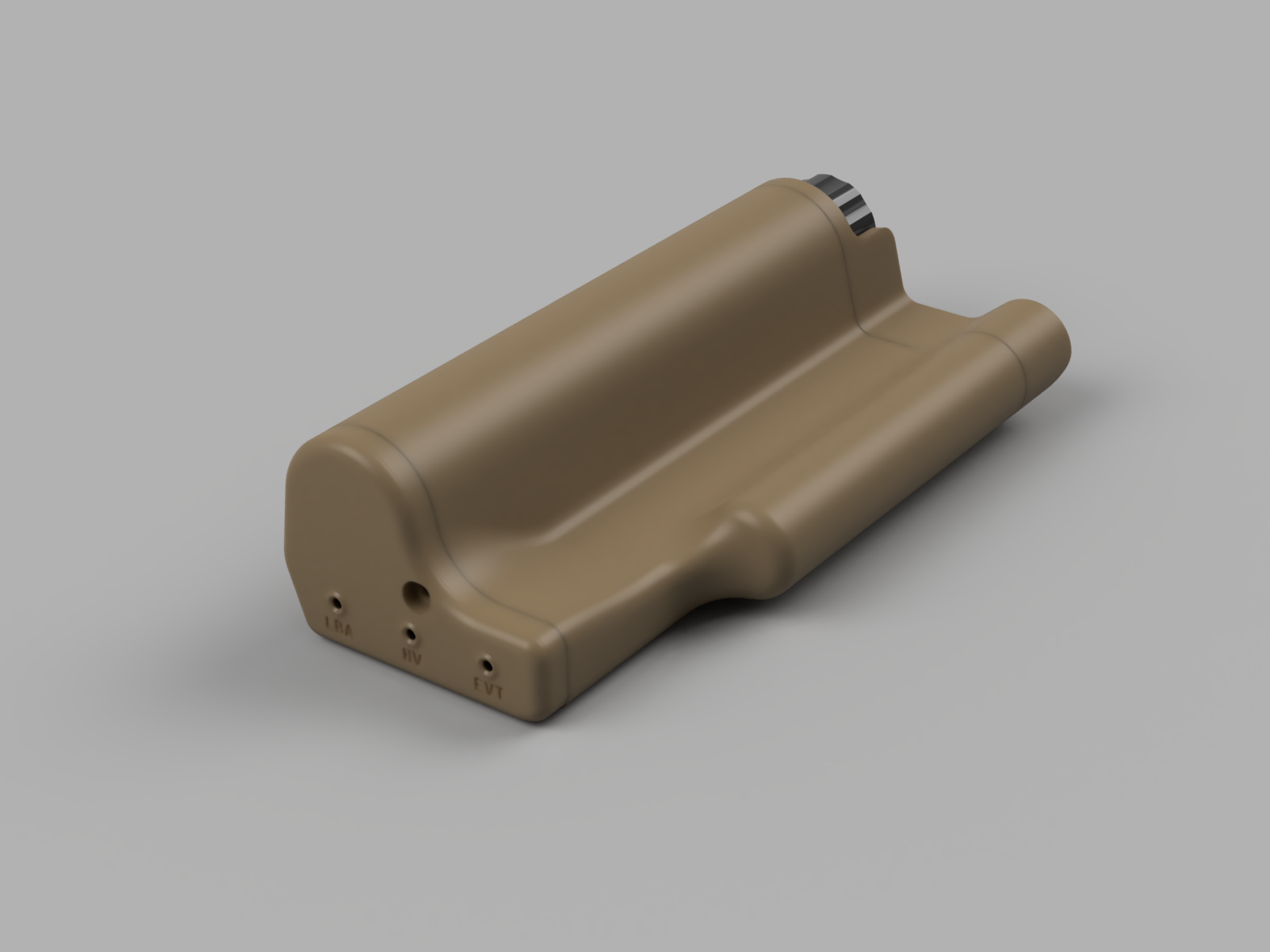



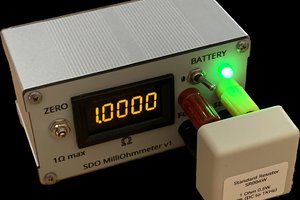
 Kuba Sunderland-Ober
Kuba Sunderland-Ober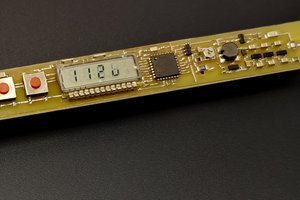
 BleakyTex
BleakyTex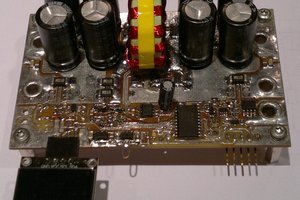
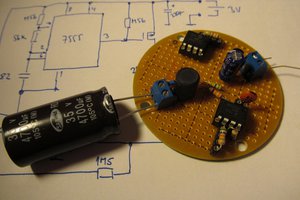
 jaromir.sukuba
jaromir.sukuba
Nice Job!